It’s a well-worn idea that beauty editors get first dibs on the industry knowledge. You meet with brand founders, and interview perfumers, dermatologists and scientists weekly, with the newest products explained in great detail before they even hit the market. You can test and trial almost any product you wish. And yet, if truth be told, this all leaves us with less certainty than when we were using the three-step gift packs our aunt bought us as teens at Christmas.
One brand will tell us how their latest face hero is packed full of beautiful essential oils, the next how their entire line is free from said essential oils as these are sensitising to the skin (this is true). One exfoliator is gentle enough to use every day, but then a dermatologist tells us this is far too excessive and we’re ruining our skin's barrier. A specific bottle of Vitamin C claims to make our skin glow within just one week, until we discover volatility of Vitamin C renders most products redundant.
As the beauty and wellness industry exploded, Dr. Michele Squire saw a need for factual information to break through the marketing inundating the industry. A PHD-qualified scientist, science educator and ex-registered nurse, Squire conceived QR8 as a membership consultancy service, where she analyses your skincare routine, identifies any gaps and recommends products perhaps better suited to your skin.
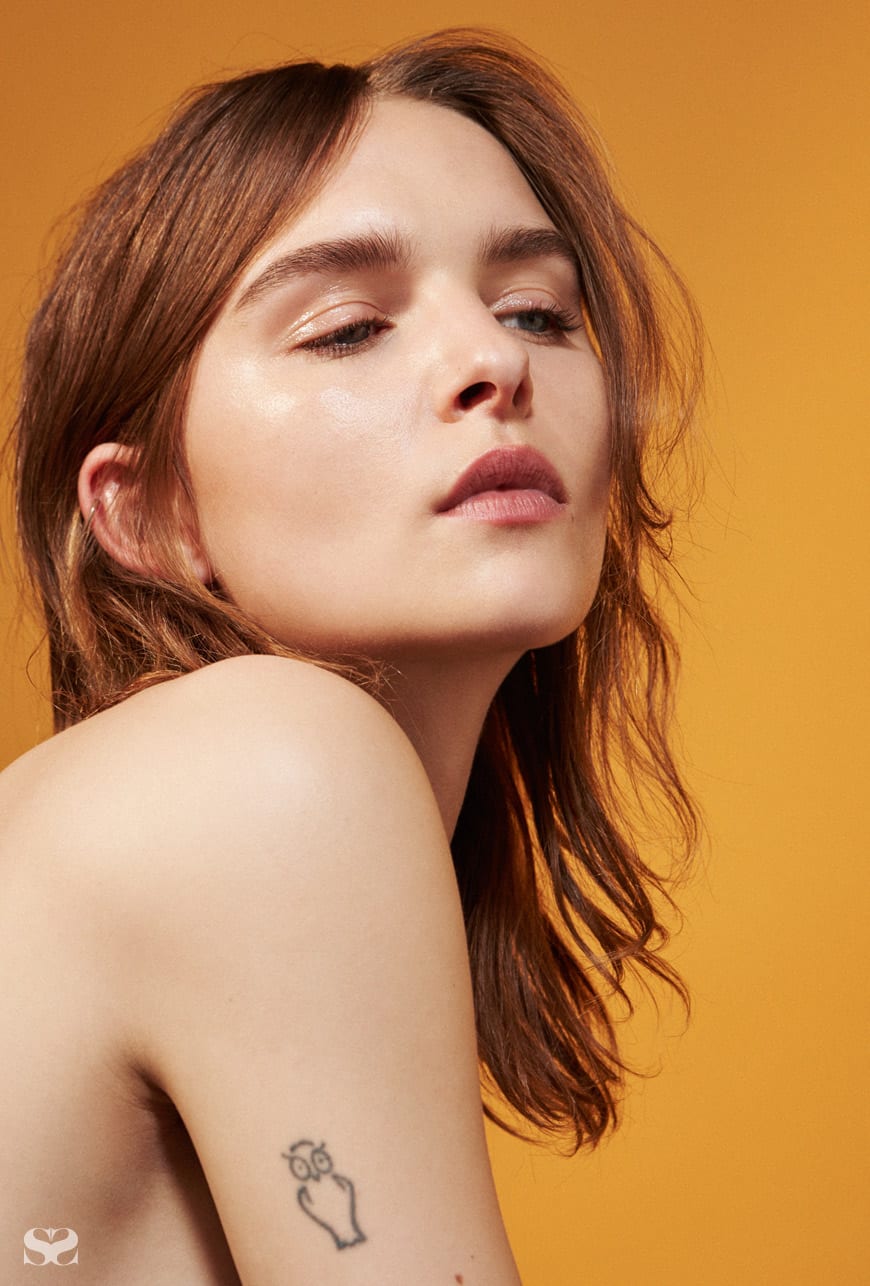
“[The beauty industry is] a minefield, so I exist to cut through the crap. And because I don’t have any affiliations with brands I can recommend ‘hero’ products that are the best of the best," Squire explains. "And I can tell people why they’re the best of the best and the science behind them and ‘it’s proven to do this’ both in skin cells on a dish and on people’s skin which is really important.
“I basically curate a product range for you from everything that’s available globally, so it means ... I can say, 'Look, that might not be the best match for you given what you’re telling me about your skin, this might be better' ... Makes things simple for people in a world that’s getting more and more complicated by the day. I feel overwhelmed sometimes.”
And so, as we attempt to wade through the oils, masks, cleansers, serums, acids, balms and mists lining our shelves, here we’ve compiled the best of her advice.
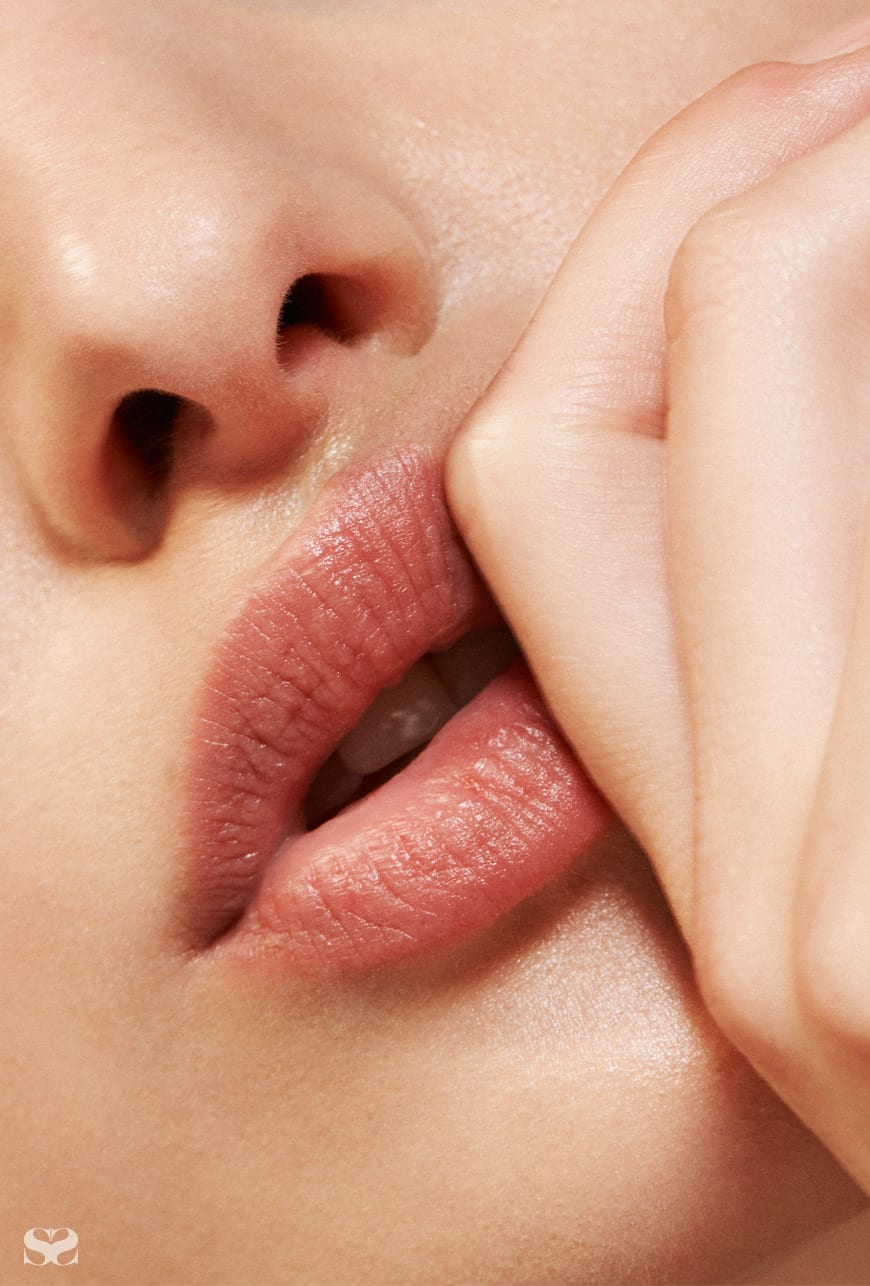
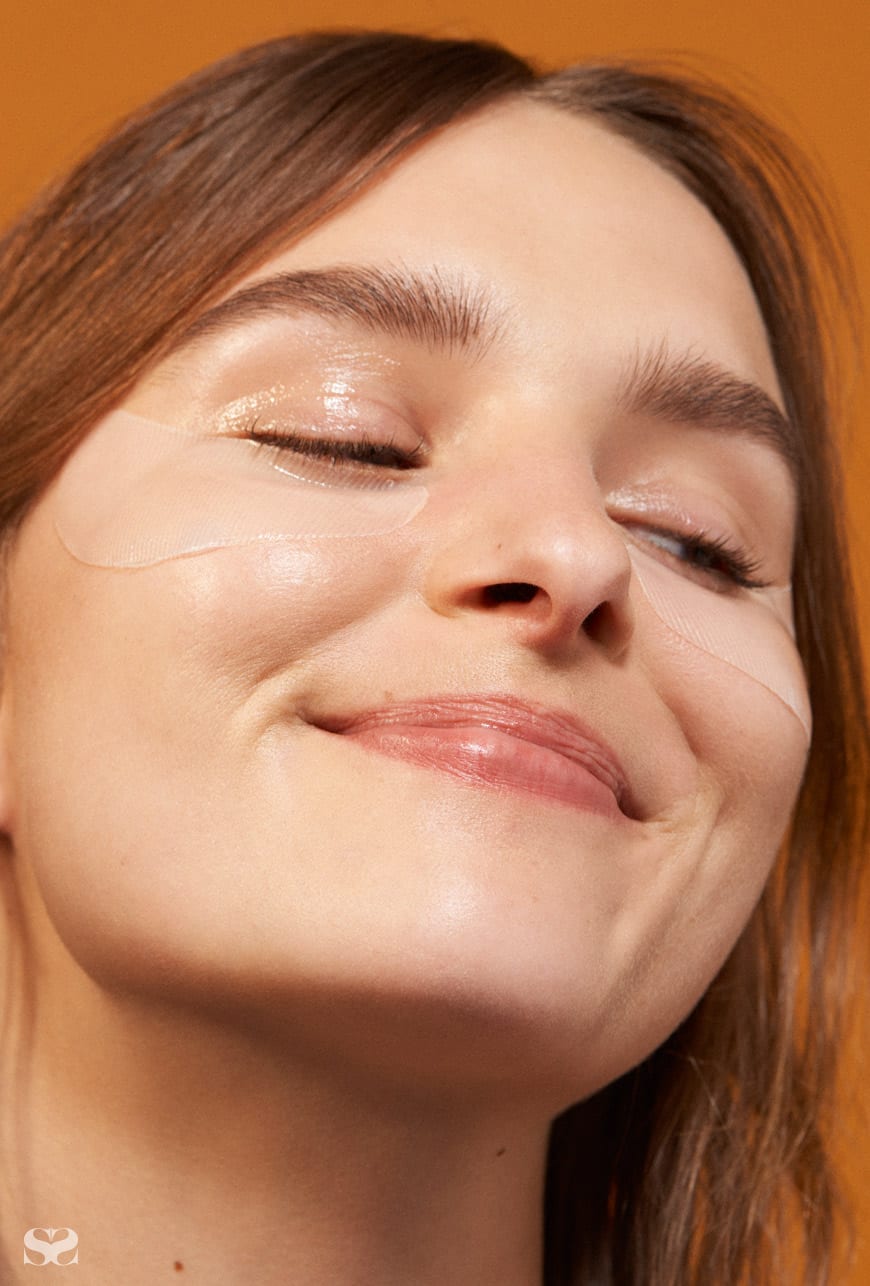
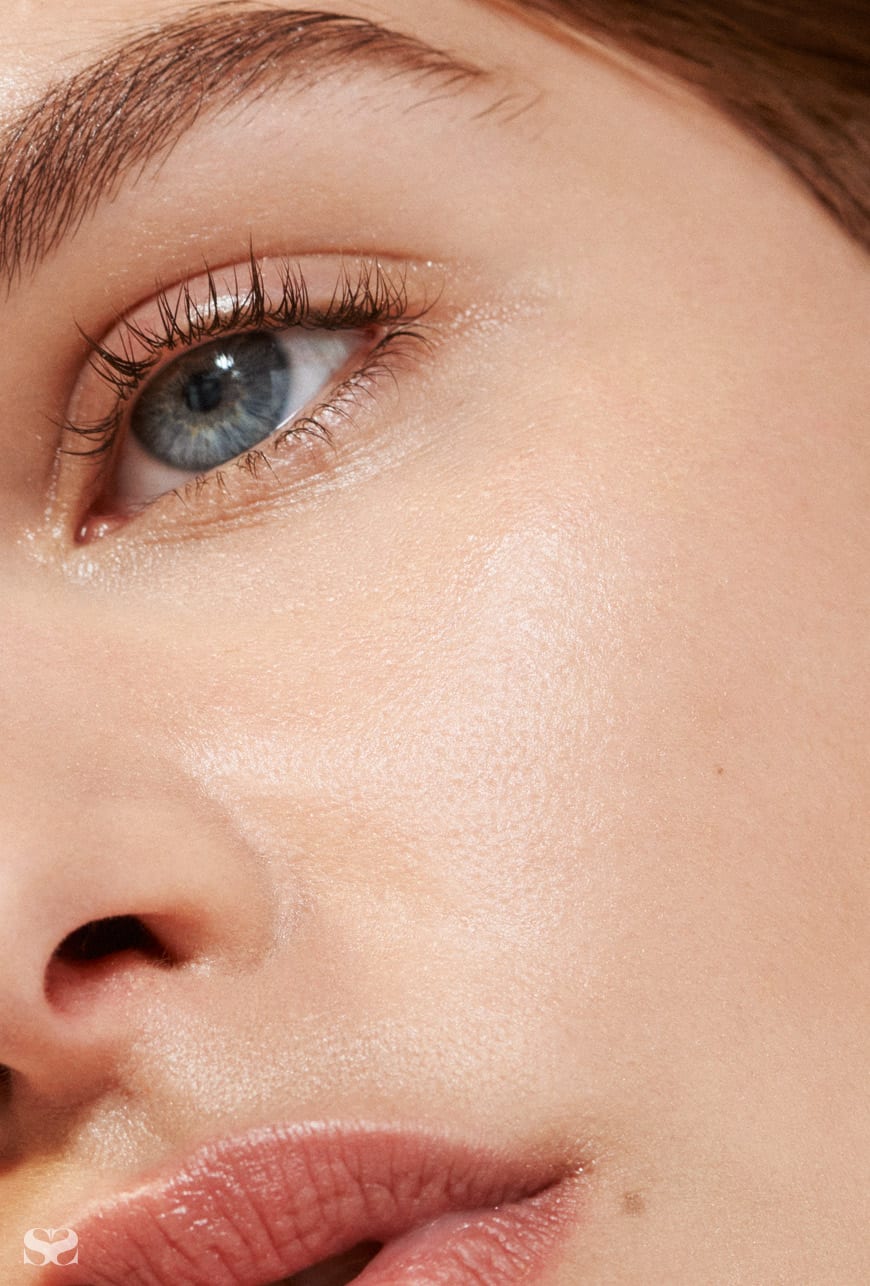
Science vs. self-care
“I know there’s this whole thing about personalised skincare, but it has to fit in with your lifestyle, because it’s beauty after all - it should be fun. Yes, you should get results but you shouldn’t be stressed about it. People nowadays are starting to become at-home chemists which creates a level of stress when you’re not trained in that. I have people send me their skincare routines in spreadsheets where they’re keeping track of their budget, things they’ve used, things they want to use.”
“That’s really just the weight of good data and good scientific studies, which by-and-large are entirely missing in the beauty industry. It’s very normal in the science world to look at the power of the studies and how much you can apply the findings of that study to the general population, and that only happens when you have a really huge sample size. In the beauty industry, you might have five to 10 people.”
“If you want to put a beautiful cloth mask on and lie down, you can’t discount that kind of self-care, it’s so important. There’s a world of difference between having that experience and then putting shit on your skin that’s actually going to do some stuff, in a really real, tangible way, in terms of skin physiology.”
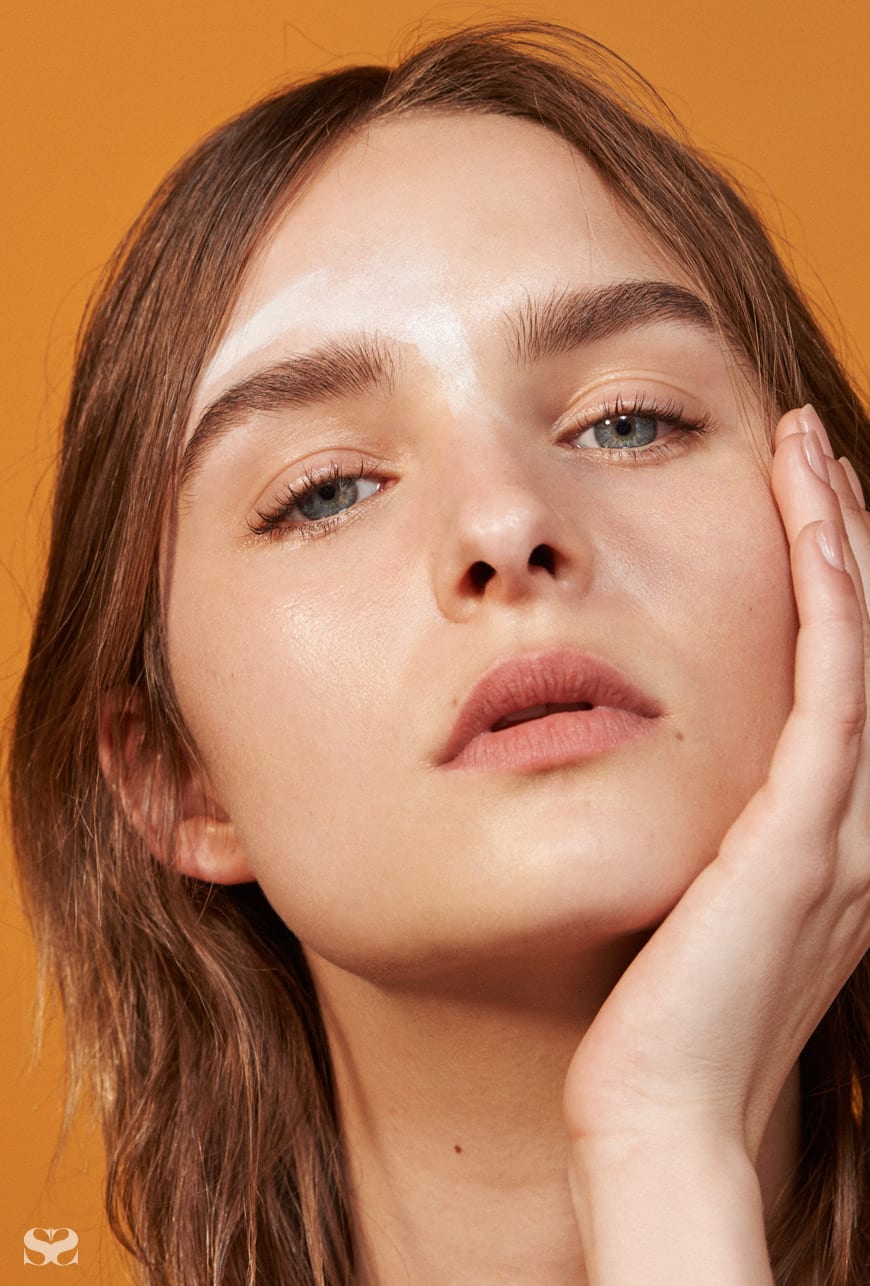
Product composition
“The bulk of any product is the top five to six ingredients listed.”
“What you actually need in a moisturiser is emollient (plant and mineral oils), humectant (hyaluronic acid, collagen, glycerin), occlusive (waxes: shea butters, silicones, jojoba). You need all three things to feel moisturised without feeling oily.”
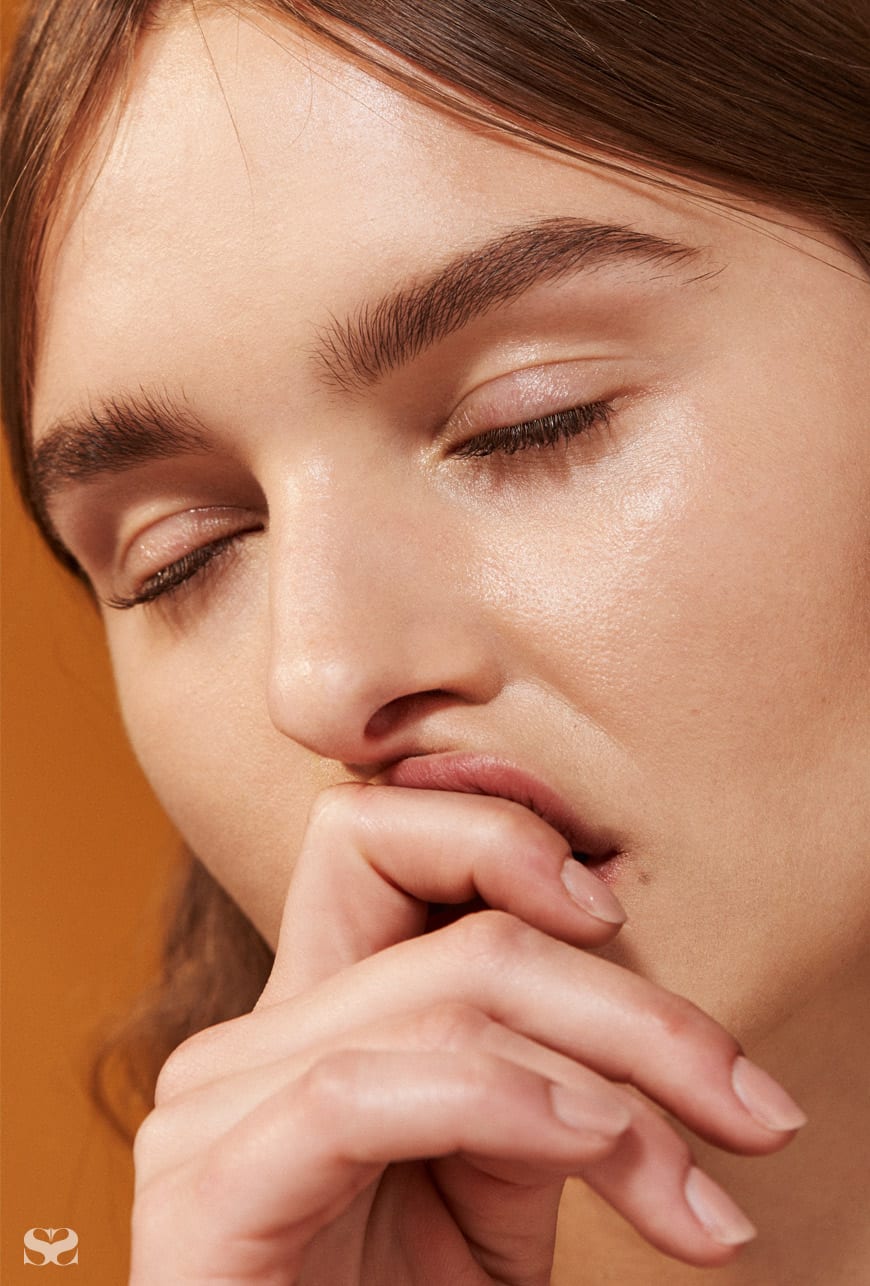
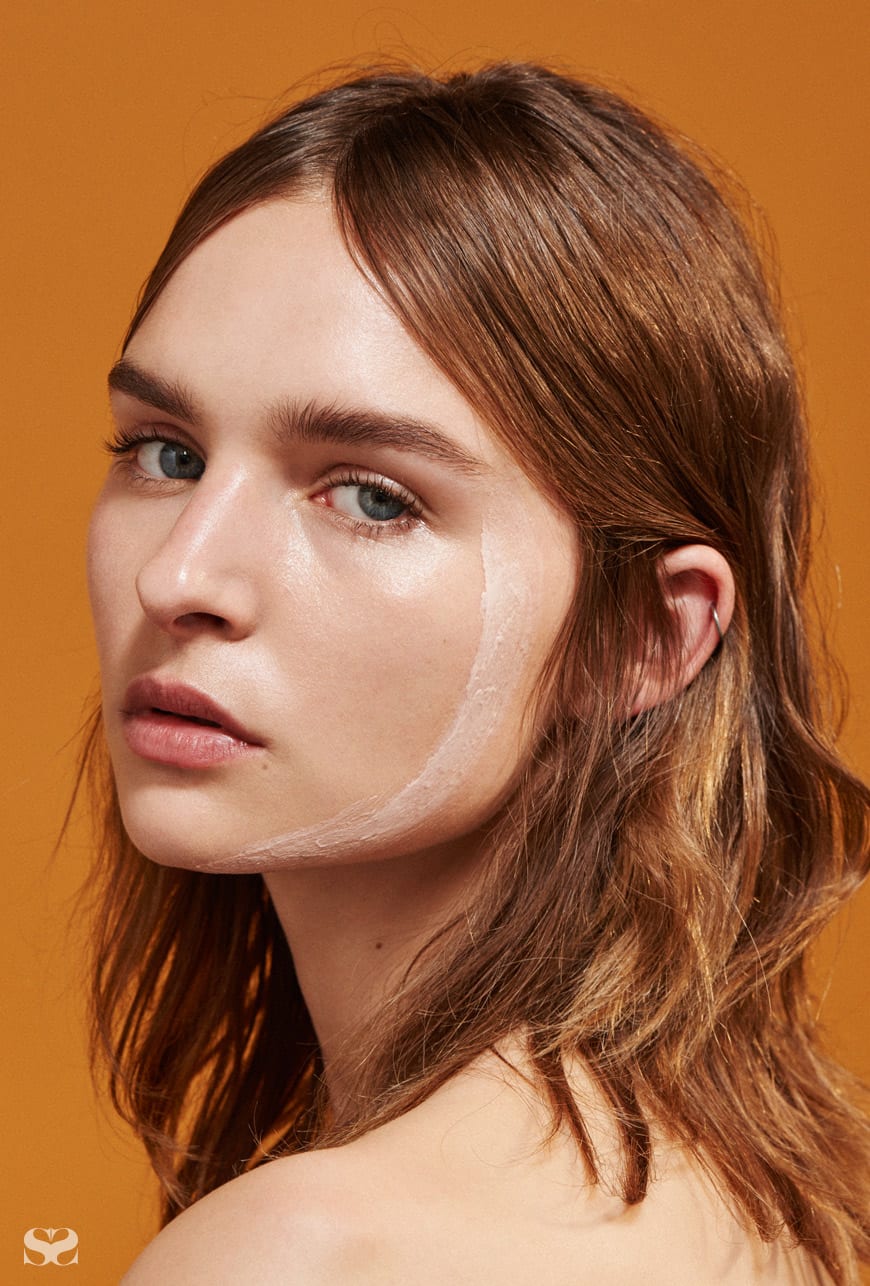
The non-negotiable
“The thing that’s going to contribute the most to the signs of ageing that appear on your skin, whether that’s dryness, roughness, pigmentation, sagging, is UV. 80-90 per cent of the culprit for those types of changes is UV. So, genetics plays a minor role, if you have a lot of melanin in your skin you’re ageing will be delayed by 10 years because melanin protects against UV. For most of us in this country, it’s the sun. There’s a lot you can do, the simplest thing you can do is sunscreen, using the right one and using it correctly, that’s the biggest thing you can do.”
“Therapeutic sunscreens are products that are designed with their primary role to protect you against the sun - they can be tinted, they can be moisturisers. Cosmetic products are designed to colour your face or do something in a cosmetic sense, they might have a sunscreen included but they’re a secondary sunscreen, not a therapeutic sunscreen. Therapeutic suncreens are the ones that are regulated by the TGA (Therapeutic Goods Administration) because they need to do what they say they’re going to do because people rely on them for sun protection. Makeup products can say anything they want, they’re regulated by the ACCC in terms of making false claims, if they say they’re SPF 30, they should have an SPF 30 in them but nobody checks that. With one you know what you’re getting if you apply it correctly at the right thickness you’re going to get an SPF 50. With the others, who knows.”
“If the UV index is three or above, it’s sunscreen time. UVA gets through glass windows, office windows, cars. That warm burning feeling is UVB. I use an app called see SeeUV (to check UV levels), because it’s different year-round in different locations in Australia.”
“Some of the chemical filters [in sunscreen] degrade in UV. The mineral filters don’t degrade in UV but they’re so thick and tacky you physically remove them by touching your face, leaning at your desk [or] talking on the phone, so they both need to be reapplied. If you don’t have an office window or don’t drive, still just check [UV levels] and reapply [sunscreen] before you head outside for your lunch break. Sometimes it’s easier to put on a hat than to reapply sunscreen.”
PHOTOGRAPHY Victoria Zschommler
MODEL Nete Hansen @ The Hive Model Management
HAIR Anna Chapman
MAKEUP Linda Andersson
ART DIRECTOR Michael Donkin
DIGITAL OPERATOR Edwina Hollick
LIGHTING ASSISTANT Savvas Zinonos



